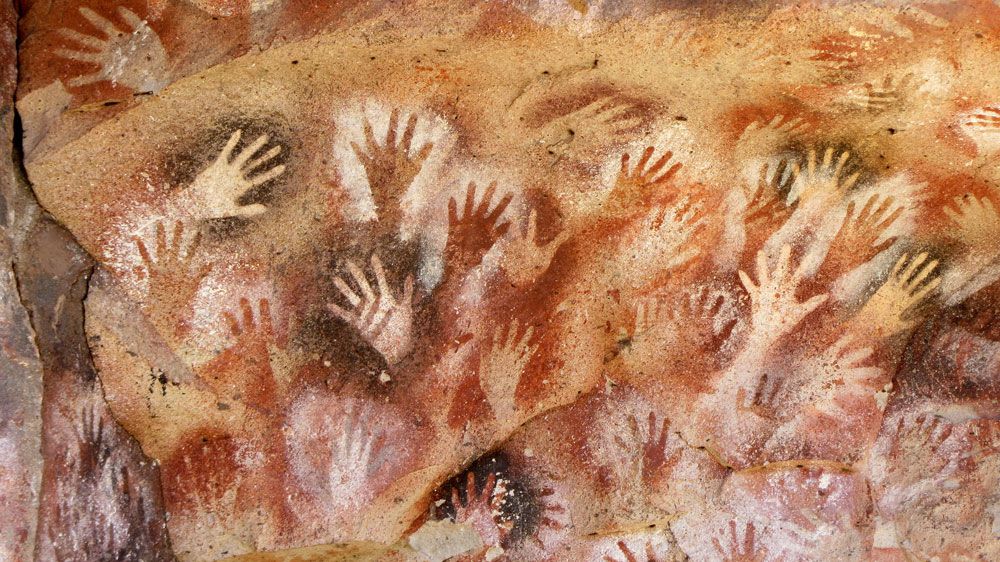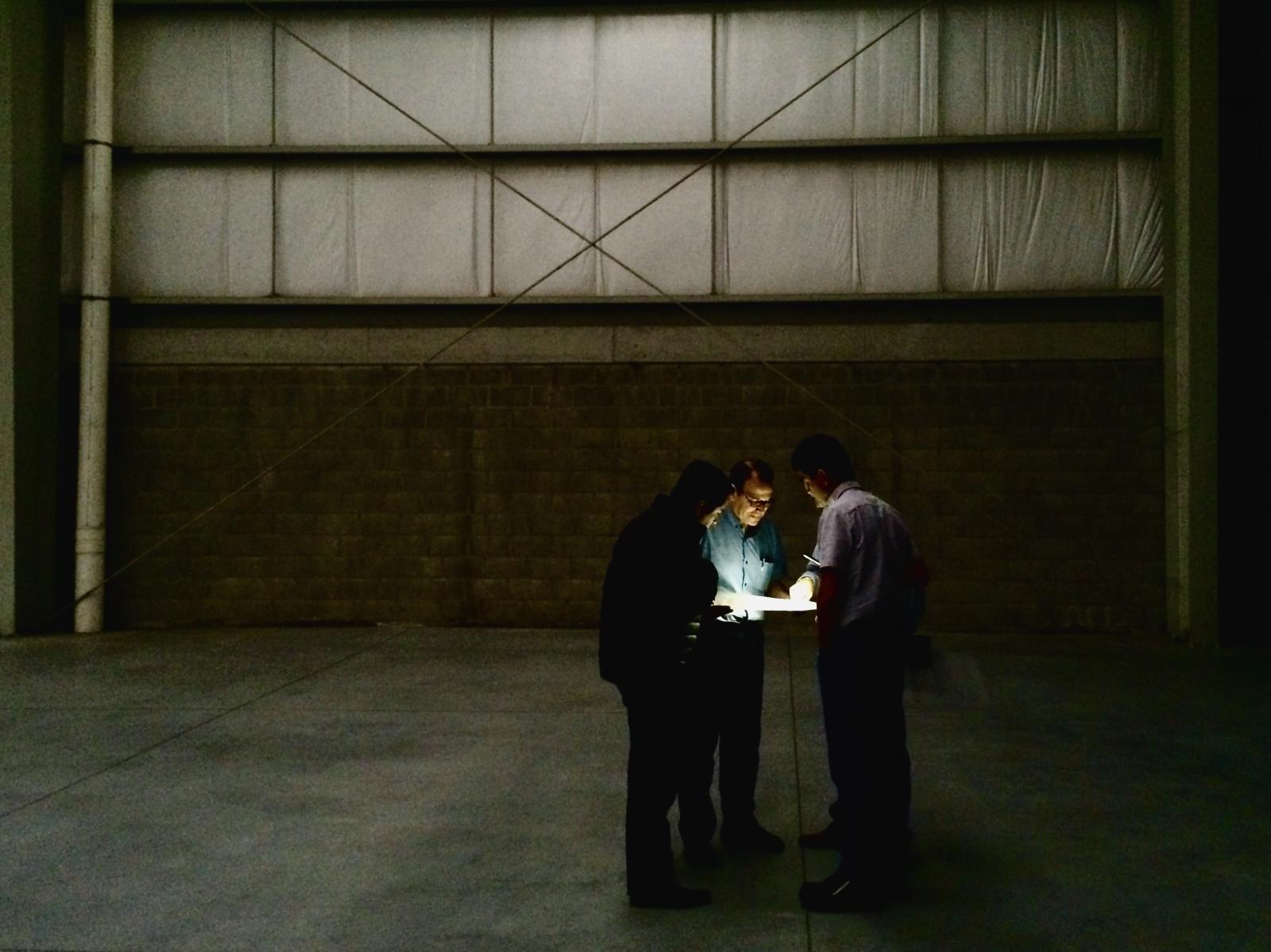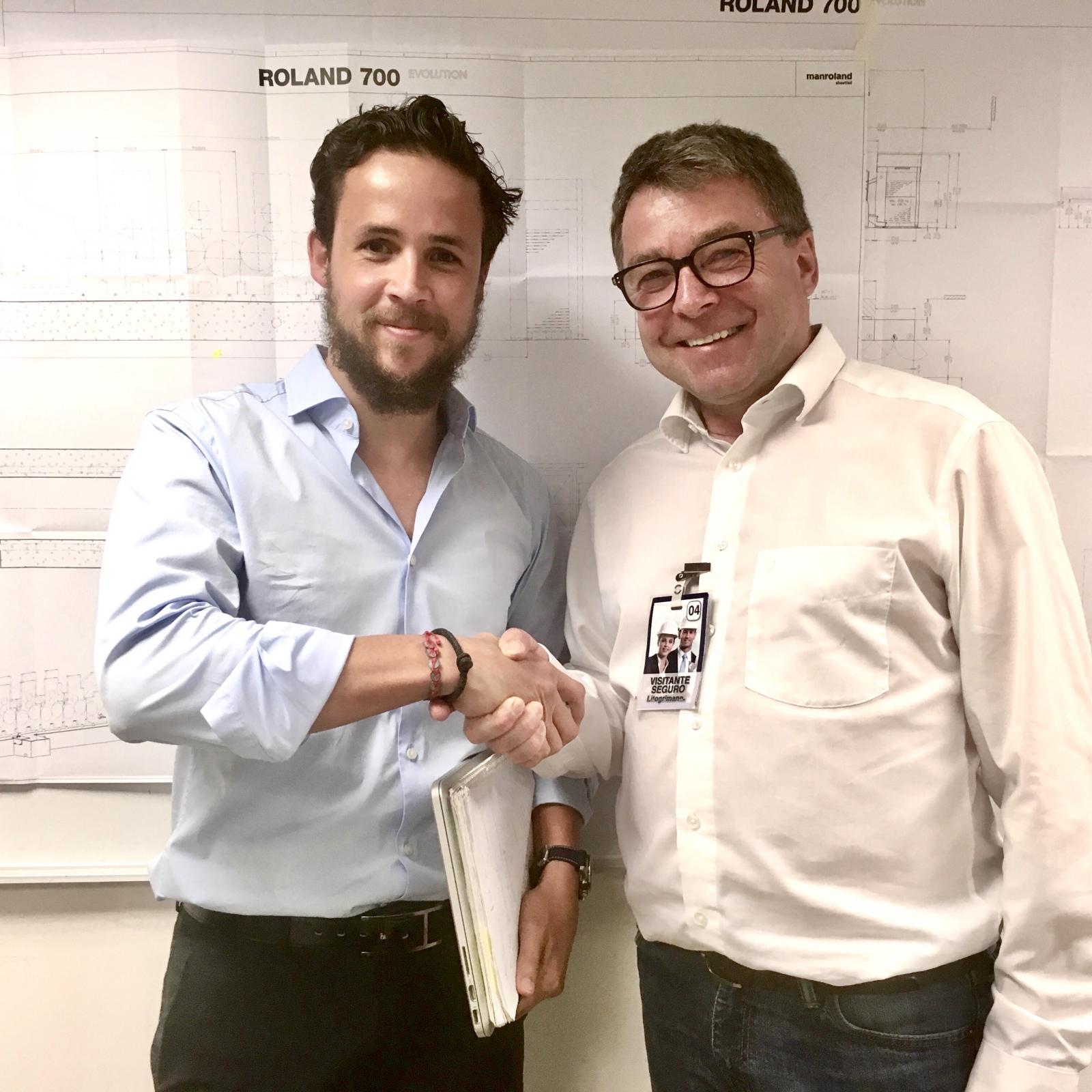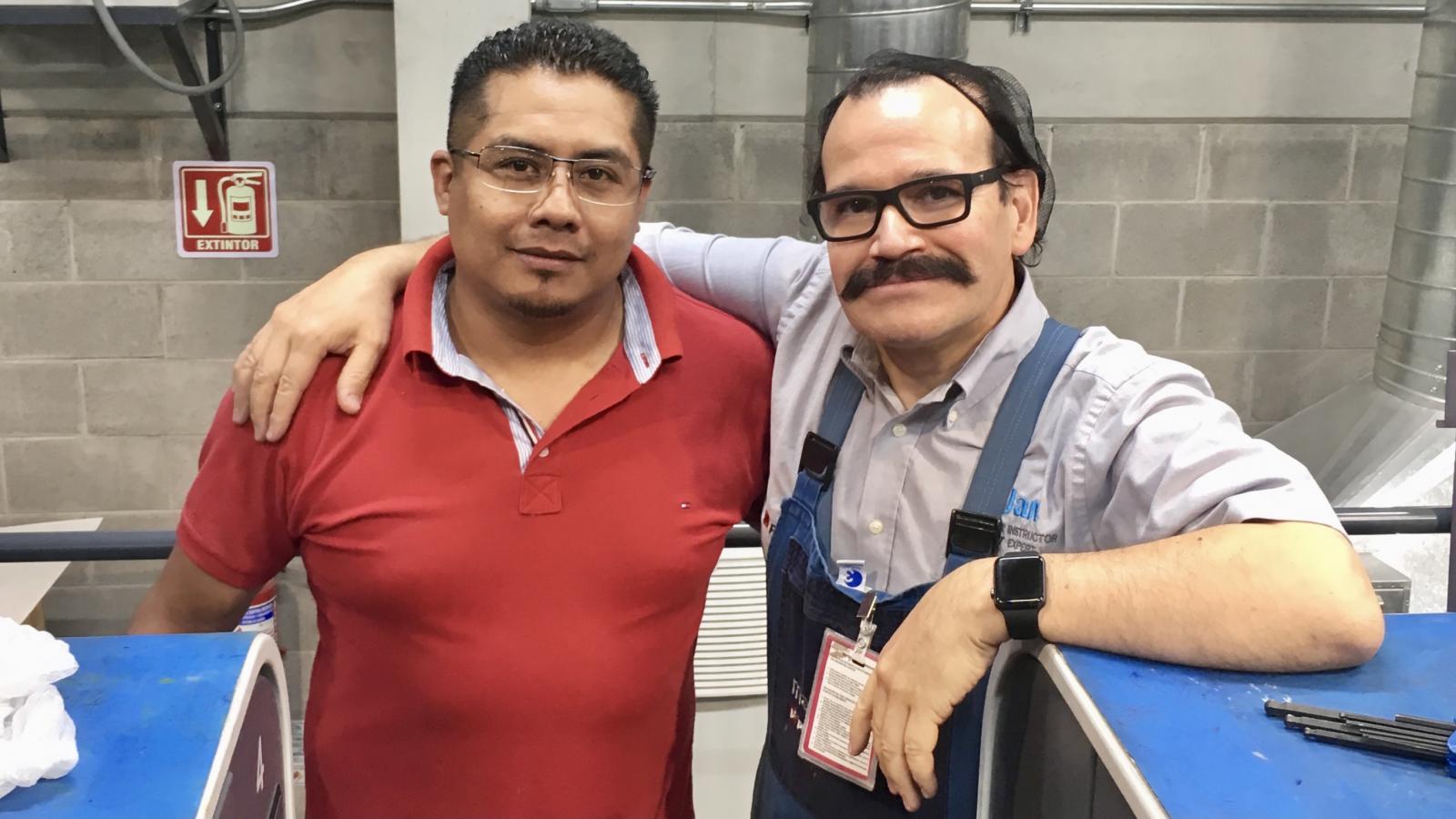
In Memoriam of Steve Jobs.
by Jan Sierpe
Digital communication media developments milestones highlight a fascinating story of a critical aspect of human evolution interactions. Never before have humans enjoyed instant communications of digital or personalized printed media. A part of our constant daily routines, we take the time to express and share our ideas, thoughts and dreams.
The well-documented paintings discovered first in the late 1800s in caves in Altamira, Spain, depicted colourful animals drawing such as rhinos, buffalos, and the hunters surrounding a scared elephant. The painting attributed to the Paleolithic in origin created a strong skepticism among the scientific community at first. They considered the painting fake as detail drawings were too good to associate with early human artists from the Stone age. Later, in Ardales Cave in Malaga, southern Spain, there are also detailed drawings of animals.
In France, featured by Werner Herzog in his Documentary "Cave of Forgotten Dreams," stone-age artists display remarkable aesthetic skills by painting scenes where they managed to freeze moments in time of witnessed situations in their lives. They created a dynamic visual illusion of motion—of the pride of lions on the move, hunting buffalos.
The artists carefully chose portions of the walls as they skillfully used the texture and physical contour of the stone wall to add a dimensional perspective and realism never seen before. A group of horses with open mouths stands as they are waiting. You can also appreciate a pair of fighting rhinos. The drawings are graphic with vivid motion. In that cave, we also see perfectly detailed birds, insects, and butterflies in flight. What puzzled archeologist the most was the drawing outline of a woman nude in a hanging rock.
A recent discovery reinforces that other humans have shared the same desire to tell stories and exhibited the same artistic skills on the other side of the planet long before. With comparable aesthetic qualities in the Indonesian island of Sulawesi, talented artists left a detailed account of their lives dated an estimated 40,000 years ago.
These well-preserved paintings are the early expressions of this endless need for humans to tell a story. With a freestyle outlined with carbon, they drew and highlighted animals and their surroundings and lifestyle details. They added vivid colours with pigmented powder and animal fat and used techniques similar to airbrushing as they fixed their drawings in cave walls and ceilings.
The hands of all sizes and shapes stencilled in the cave walls in Indonesia are an early form of artists' signatures or selfies to sign off the magnificent stories told. The strong sense of ownership and copyright with great respect for others' artwork is evident as paintings belong to different artists as closed studies have revealed that these paintings belong to groups that lived in different periods.
Even more unexpected and surprising is that a close study of the hands painted in the cave walls in Indonesia showed that women artists actively participated in creating these paintings—the same pictorial Paleolithic age narrative is present in "Cueva de las Manos" in a remote mountainous region in southern Chile.
Digital publishing and printed matters will continue to be alive as they are the principal and essential means to connect and strengthen human relationships.
Most evidence suggests that around 800,000 years ago, humans learned about creating and controlling fire, which changed everything. Early humans gathered around campfires to socialize, find comfort and warmth, share food and information, and find safety from predators.
Instead of campfires, we don't gather around a fire and use touch screens to share what we like or matter to us on social websites communities. The tangible and physical connection changed by digital mediated communication.
Recently I visited Howard Iron Works Museum with my friend Erik Nikkanen. Nick Howard, Director and curator of the museum, love the history of printing and its evolution. He has established the most comprehensive depository of machinery where visitors appreciate the long journey of printing developments from early stone lithography. The beauty is that these machines are operational and in working order, as he has taken the time to restore in most cases with original parts.
Our conversation sparked ideas for this article as I realized that machines and technologies are enablers. The endless human creativity and desire to share are the driving forces behind any form of communication—the arts are present in everything around us and reach and touch so many levels of human activity.
It is in Apple's DNA that technology alone is not enough—it's technology married with liberal arts, married with the humanities, that yields us the results that make our heart sing."
Steve Jobs. March 2011.
The graphic arts industry during the eighties leaped forward with Chuck Geschke's DTP Desk Top Publishing introduction and Steve Jobs's launch of the Apple Macintosh. The personal computer became the platform for successive hardware and software technologies to emerge. They improved graphic media communication and magnified the creative content for final published and printed products.
The lithographic printing process has evolved rapidly, and additive manufacturing techniques contributed to streamlining and optimizing operations. Since Komori introduced fully automated printing presses in the late eighties with closed-looped colour control, we have enjoyed the innovations and increased responsiveness of the printing presses. Predictability of the final output from traditional offset to Digital outputs supported by calibration and colour management strategies ensures repeatability.
The high demand for printed media pushed an art form to a manufacturing model that has persisted since the Middle Ages.
Since the introduction of e-commerce, mass customization has transformed the traditional workflow into a more efficient, cost-effective, Lean manufacturing business model. Before e-commerce printing, printing businesses experienced overcapacity during the technological transition of the eighties and nineties.
At Litogrimann in Toluca, Mexico, I witnessed the technological transformation firsthand and the impact of strategic planning and execution.
With the constant support and commitment of Mr. Amtmann, Litogrimann's team members accomplished the monumental task of moving the manufacturing plant to a new location without stopping production and at the same time overseeing the installation and start-up of a Manroland Evolution press in Mexico.

During the early stages of preinstallation planning for a Manroland Evolution press, Jan reviews the floor plan with company team leaders. Photo Courtesy of Mr. Dieter Bischoff from Manroland.
Litogrimann is part of the Group of Laboratories Sanfer and specializes in the manufacture of pharma packaging. Sanfer, founded over 75 years ago in the Health Care sector, focusing on the Biotech and Pharma industry, is part of Mexico's nearly two Billion US Dollars in Pharma export industry. The Group's regional reach is to Colombia, Ecuador, Peru, Bolivia, Argentina, Chile, and the Caribbean.
At Litogrimann, the collective human effort accomplished installing the most modern eight-colours Hybrid Manroland Evolution press with Automatic Plate changer, inline foiler, inline ColorPilot, and many other automation features.
This organization is an example of strategic planning and execution to consolidate a vision with solid leadership to establish a seamless manufacturing workflow where high-quality packaging produced in one pass exceeds the customer's expectations.

The final session of preinstallation planning at Litogrimann. Mr. Amtmann with Dieter Bischoff from Manroland.

Jan's first-hand field experiences expand several years in process optimization, waste reduction, and operator's training. He is bilingual in English and Spanish and a G7® Expert. This article, first published in English, is intended to reach the graphic arts industry company's owners, directors, managers, technicians, mechanics, maintenance professionals, press operators, QC technicians, process control of raw materials and supplies managers, or anyone directly involved in the printing process interested in process optimization, quality, and waste reduction.
Thu February 16th
Le Kodak Prosper 520 ul...
La valeur réelle en numérique n'est pas la technologie d'impression que vous choisissez. Le vrai différentiateur est entre vos oreilles !
Fri October 15th
Beaucoup de preuves ...
What The Papers Say-Week of October 11-By Nessan Cleary
Fri October 8th
L'Australie ressent ...
What The Papers Say-Week of October 4th-By Nessan Cleary
Fri October 1st
La couverture de cet...
What The Papers Say-Week of September 27th-By Nessan Cleary
Fri September 24th
Autres signes de cro...
What The Papers Say-Week of September 20th-By Nessan Cleary
Tue September 21st
The peak performance...
INKISH couvre l'événement, et ne peut pas attendre pour rencontrer l'industrie est peut-être le premier événement physique en Europe:-) ...
Fri September 17th
Il y a de bonnes nou...
What The Papers Say-Week of September 13-By Nessan Cleary
Sat September 11th
Questions relatives ...
What The Papers Say-Week of September 6th-By Nessan Cleary
Fri September 3rd
Cette semaine, les h...
What The Papers Say-Week of August 30th-By Nessan Cleary
Fri August 27th
Les chercheurs trouv...
What The Papers Say-Week of August 23rd-By Nessan Cleary
S'abonner
Recevez une notification pour vous abonner à notre newsletter
Connexion
Nouvel utilisateur? Inscription
Réinitialisation du mot de passe
Inscription
Utilisateur existant? Connectez-vous ici
Connectez-vous ici
Réinitialisation du mot de passe
Veuillez saisir votre adresse e-mail enregistrée. Vous recevrez un lien pour réinitialiser votre mot de passe par e-mail.
Nouvel utilisateur? Inscription